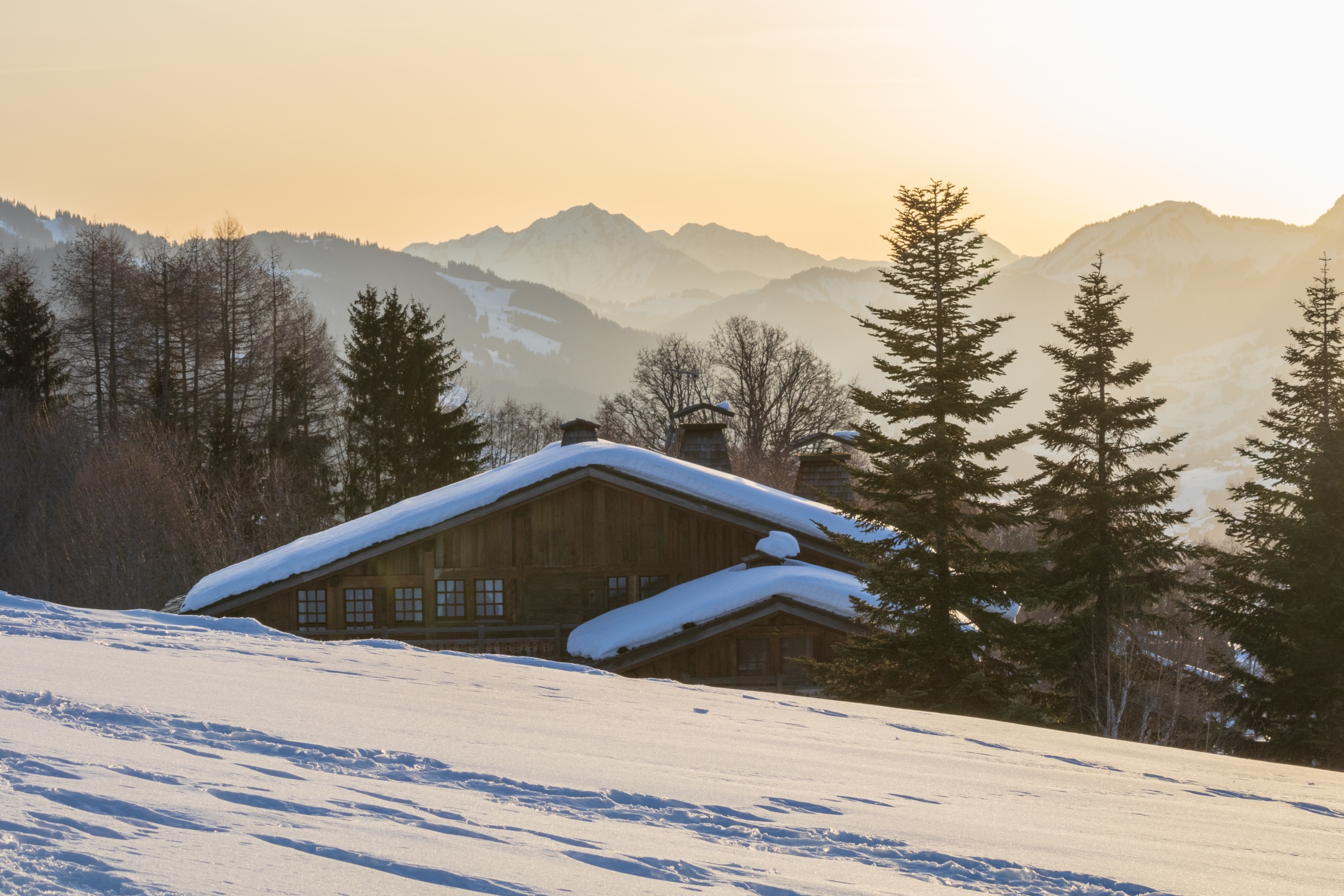Chocolate in Switzerland is not just a childhood flavor, but a national idea. It is crafted like art and made a source of pride. One of the most spectacular ways to see it for yourself is to head to Zurich, where the Lindt Home of Chocolate is an interactive museum.
Entrance ticket to the Lindt Home of Chocolate MuseumThere you can not only learn how a cocoa bean is turned into a bar, but also look into a real factory, take part in a masterclass, and eat as much chocolate as your conscience will allow. To avoid being left outside at closed doors, it’s best to get tickets in advance – especially in season.
» READ MORE – Switzerland in Winter: route by train
Plan your visit
The museum is open Monday to Saturday from 10:00 to 17:00. Sunday is a day off, and the chocolatiers are also on holiday.
If you’re planning a trip closer to closing time, make sure you allow at least an hour and a half to two hours for sightseeing and tastings.
By train
From the center of Zurich to Kilchberg (ZH) station is only 10–15 minutes by train. From there, it’s about 14 minutes on foot. The route is easy and scenic, with part of the way running along the lake.
By bus
The nearest stop is Kilchberg ZH, Schooren. It’s a leisurely 4-minute walk to the museum. This is a convenient option if you don’t want to walk a long way from the station.
By car
There is a large car park next to the museum – Lindt Parkhaus. This is suitable for those traveling by rented car. The entrance is convenient, and the navigation is clear.
Before or after the museum, you can stop by the LucyGoose Ice Creamery — it’s just next door, so it’s a great idea to freshen up after a chocolate tasting. There is also the Lindt Factory Outlet Kilchberg next door, a separate building with an additional selection of chocolates at nice prices.
The Museum’s Exhibition
Inside, it’s not just an exhibition, but a real chocolate game: you can look, listen, touch, taste, and even take part in a masterclass. Everything is organized in such a way as to engage the senses.
If you want to learn a bit more and not miss anything important, take a Zurich tour with a cruise and a visit to the Lindt Museum – a great way to combine the city, the lake, and chocolate in one day.
The themed masterclasses are timetabled, so it’s best to check the dates in advance. Tickets for them are purchased separately.
Chocolate Fountain
In the lobby, you are greeted by a chocolate giant – a fountain as high as a three-story house. Real melted Lindt flows spirally in it, and it all looks like a hypnotizing show. It’s almost impossible to resist reaching for the camera.
Cocoa Tree Garden
Walk further, and you’ll find yourself in the tropics. Real cocoa trees are growing here, and at the same time, the entire process from bean to bar is showcased. Somewhere beneath your feet is a farm in Ecuador, above your head are the leaves, and all around you are interactives: fermentation, roasting, grinding, and transport – all visual, with smells and sounds.
Chocolate History Room
How did a bitter drink for emperors become an everyday dessert? Why did Switzerland, so tiny, become the chocolate capital? In this hall, there are legends, figures, vintage packaging, and many unexpected things. For example, the fact that drinking cocoa was once considered an almost aristocratic ritual.
Chocolate Factory
And now, behind the glass: this is where they show you how chocolate is made. Before your eyes, the bars are poured into molds, filled with fillings, solidified, and packaged. You can even see the conching technique – the very technique that made Lindt «melt-in-your-mouth».
At the end, there is a pleasant bonus: put your ticket to the scanner and get a personal candy from a virtual chocolatier.
Interesting Facts About Lindt
Halls of Goodies
If you have a sweet tooth, this is the place to go. In the tasting rooms, you can try everything without limits. Sweets lie in huge transparent containers, and bars are dispensed by special machines: just put your hand in. And at the chocolate fountains, there are individually wrapped spoons to make tasting not only tasty but also neat.
There is chocolate for every taste: classic recipes, rare additives, experiments with salt, spices, fruits, and nuts. You can arrange a mini-tasting and compare: which one tastes better – with orange or with pepper?
Experts will tell you how to taste chocolate properly to catch the nuances. Just don’t forget to bring a bottle of water – it will be really sweet.
Sweet Souvenir Shop
The final stop on the route is the giant 500 m² Lindt shop. Here you’ll find all kinds of chocolate: classics, limited editions, gift sets, and sweets that you won’t find in ordinary shops.
Many sweets are made right here in the museum. You can ask the master to assemble a personalized set or beautifully pack a gift — especially if you want to take away something special.
Tip: If your eyes run wild (and they definitely will), start in the novelty area – seasonal flavors are often available there.
It’s rare that you can not only learn how chocolate is made but also taste it every step of the way – from idea to bar. This walk is sure to leave a sweet aftertaste.
And if after Zurich you fancy a little more Switzerland, we’ve got a selection of cities where there’s plenty to see (and taste) too.




 Yann Allegre / unsplash.com
Yann Allegre / unsplash.com 
 cmophoto.net / unplash
cmophoto.net / unplash  M o e / Unsplash
M o e / Unsplash Mario Pena from Pixabay
Mario Pena from Pixabay
Leave a Reply
Want to join the discussion?Feel free to contribute!